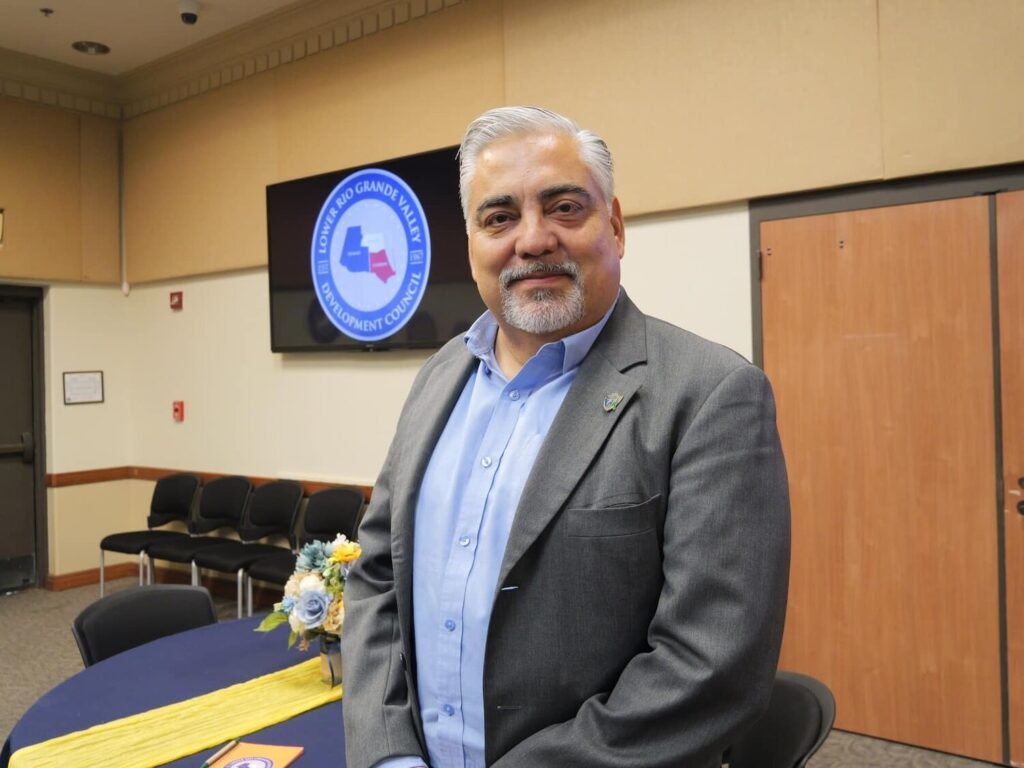Microtransit Service Set for the Rio Grande Valley: A New Era for Rural Transportation
Introduction to Microtransit
In a promising development for the underserved rural communities of the Rio Grande Valley, a new Microtransit initiative is on the horizon. To facilitate this essential service, small cities in the region are encouraged to contribute approximately $7,000 each, creating a coalition that can support an efficient and modern transportation system. This initiative, spearheaded by Valley Metro, aims to establish a service akin to popular ridesharing platforms like Uber and Lyft, specially designed to meet the unique needs of these areas.
The Vision Behind Microtransit
Tom Logan, the director of transit operations for Valley Metro, describes Microtransit as a flexible, on-demand, shared-ride service that fills the gaps left by fixed-route public transportation. This innovative service will enable passengers to book rides a day before they are needed, addressing a critical gap in mobility options.
“Our main goal is to create a coalition of cities and local entities to work together to expand public transportation in the region, specifically in non-urban and rural areas,” Logan stated during a presentation to the Lower Rio Grande Valley Development Council (LRGVDC) Small Cities Coalition.
Key Features of the Service
The proposed Microtransit service offers several advantages:
- Reservation-Based System: Passengers will book their rides in advance, ensuring that they have transportation available when needed. Buses can accommodate up to 14 passengers, operating on a first-come, first-served basis.
- Convenient Operating Hours: The service will run Monday through Friday from 7:00 a.m. to 7:00 p.m., designed to cover peak hours for various community needs.
- Door-to-Door Service: This service will provide easy access to essential destinations like grocery stores, medical facilities, and educational institutions.
Addressing Community Needs
The introduction of a Microtransit system responds directly to the concerns identified by the Hidalgo County Prosperity Task Force, which highlighted significant transportation challenges faced by residents in underserved areas.
Logan noted, “There are food deserts where people lack access to major grocery retailers like H-E-B or Walmart. They are often forced to shop at convenience stores, which offer limited healthy options.” Additionally, the service aims to assist those needing medical supplies and higher education access, as many local high school graduates struggle with transportation to universities within the Valley.
Cost and Collaboration
During the discussion, Mario Reyna, the coordinator for the Prosperity Task Force, inquired about the financial aspects of the Microtransit service. Logan estimated operational costs to be around $632,000 annually. If ten cities join the coalition, their contributions would amount to approximately $63,000 each, a manageable figure considering the potential benefits.
Reyna emphasized the importance of this initiative, stating, “We need transportation in smaller communities. This is why the idea came about.”
Funding Strategies
To launch this essential service, Valley Metro seeks a partnership with small cities, each contributing around $5,000 to $7,000. Logan and his team plan to engage with each city to gauge interest and secure funding support.
“We already have the vehicles and federal funding; we’re just missing the local funding match,” Logan confirmed.
The Case for Microtransit
Logan’s comprehensive presentation outlined the pressing need for improved public transportation in Hidalgo County, which boasts a projected population of 914,000 residents by 2024.
“Public transportation is a significant barrier out there in the Valley,” Logan explained. He acknowledged examples from surrounding areas, where insufficient transport options hinder economic growth and personal advancement.
Moreover, this initiative is not just about convenience; it’s about fostering community connections, breaking down barriers, and ensuring that residents can adequately access employment, healthcare, and education.
Operational Logistics
Microtransit operates similarly to a taxi service, where users will call a designated number or use a mobile application to schedule their rides. The service aims to be both user-friendly and budget-conscious, with rates expected to be around $10 for same-day service. This approach presents a stark contrast to ridesharing services, which can charge significantly higher fares.
Conclusion: A Collaborative Future
The Microtransit initiative seeks to bring together a coalition of cities and local organizations to improve public transportation across Hidalgo County. By leveraging resources, sharing funding responsibilities, and addressing community demands for accessible transport, the endeavor aims to create a more connected and mobile population.
As the Lower Rio Grande Valley stands on the brink of this crucial transformation, there is hope that with collective effort and commitment, residents will experience a revitalized transit system that empowers their everyday lives.
By fostering intercity partnerships and engaging local stakeholders, the Microtransit initiative is primed to become a transformative force in the Rio Grande Valley, ensuring that vital resources and opportunities are within reach for all residents.


